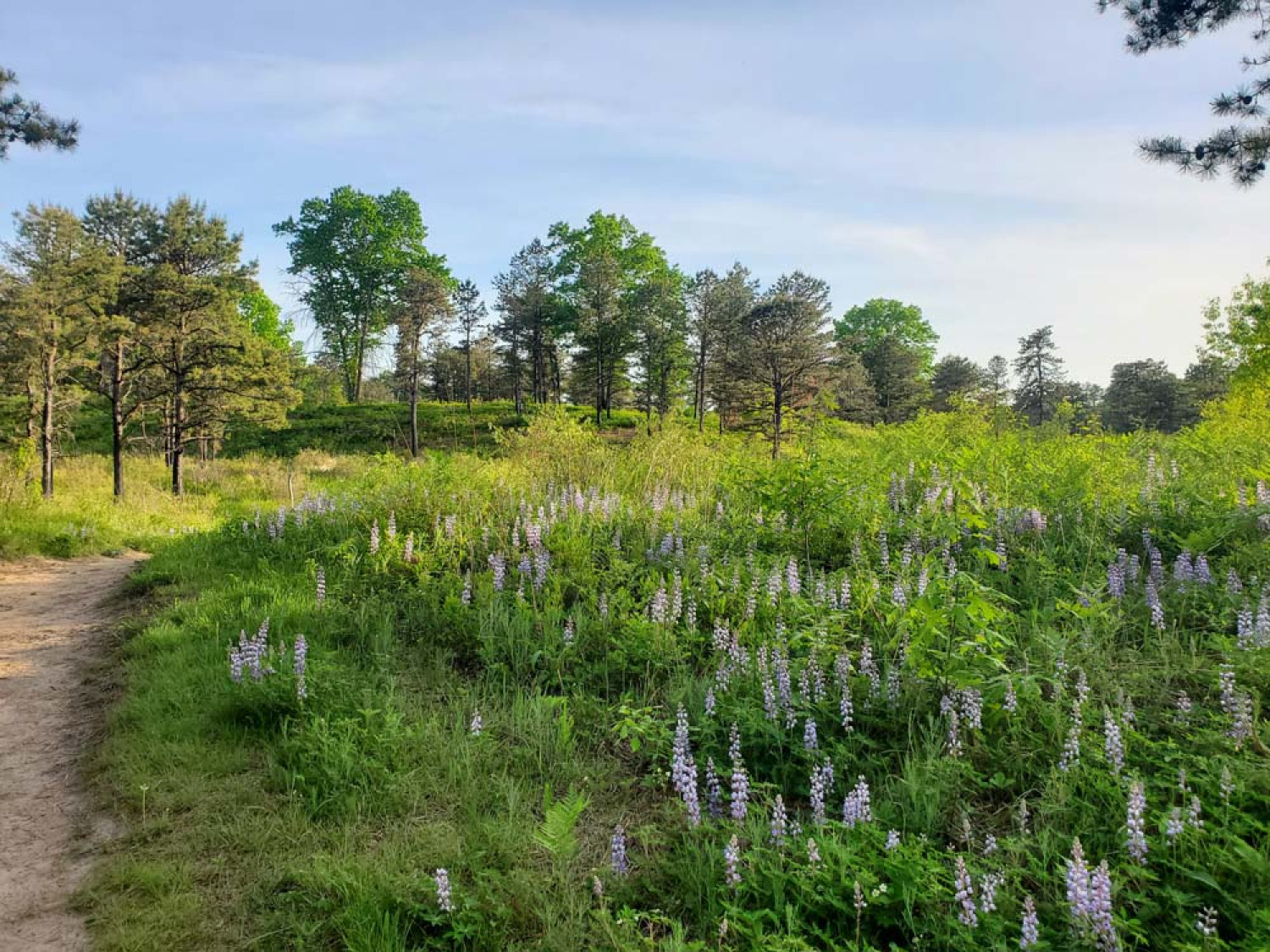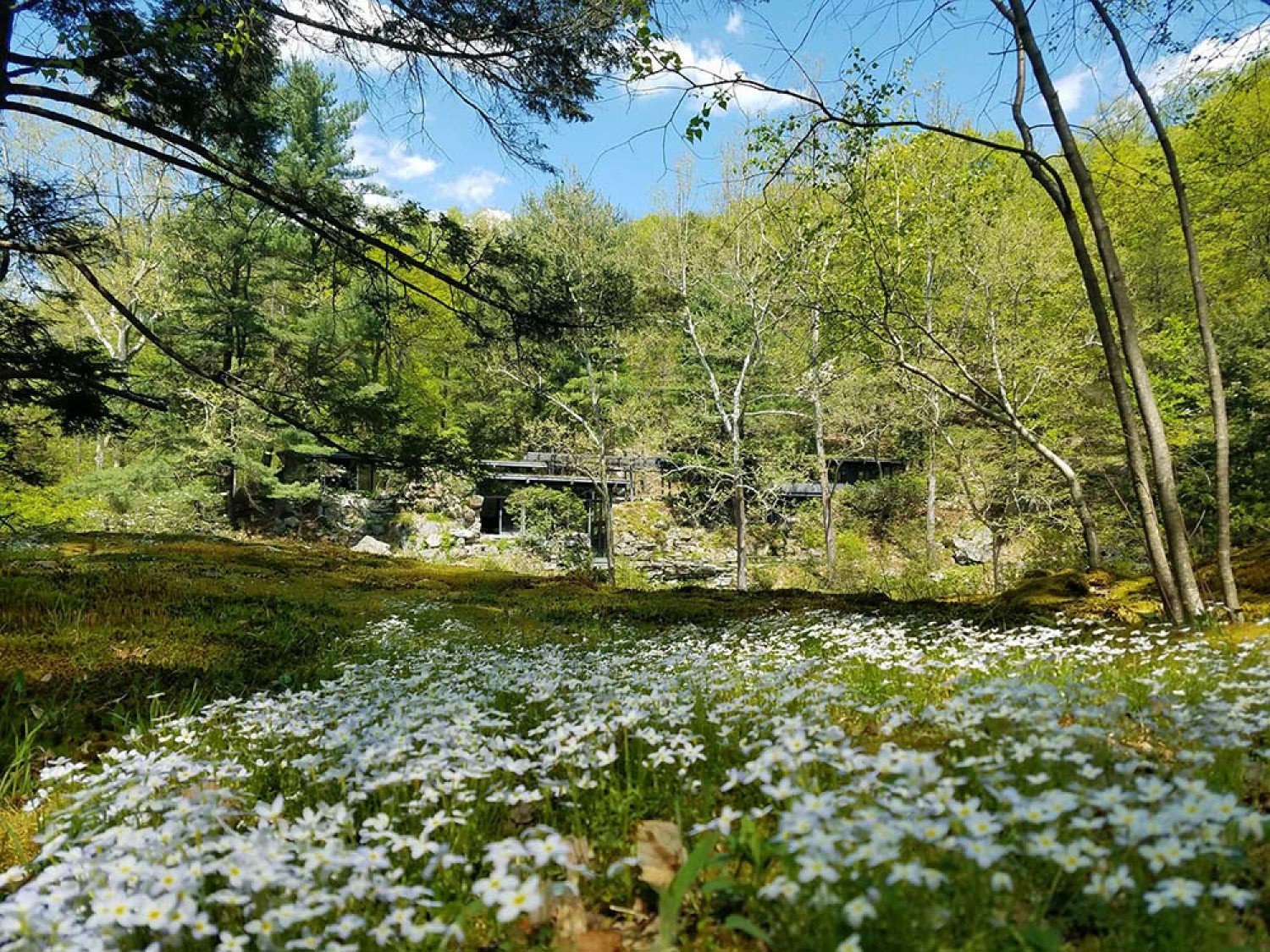

Designing Responsibly
Front Stoop Gardens is mission based: We prioritize ecological principles in both our design services and gardening practices. We believe in creating beautiful landscapes that are both ecologically healthy and habitat for wildlife. To that end, all of our landscape plans are carefully designed with native plants that are appropriate for the landscape's conditions. In all of our work, we are committed to promoting sustainability, utilizing native species, and sourcing locally.
Installations & Restoration Gardening
Our main goal for both our installations and gardening maintenance practices is to create a harmonious and lively landscape. For installations, we source our plants locally when possible and install biodiverse native plants to support the local ecology. In our gardening practice, we think about the longevity and overall health of the gardens we steward, using organic gardening methods and pinpointing invasive plants that have the potential to take over the landscape. We rarely use pesticides and herbicides except for extreme invasive cases and prefer to mulch lightly, instead opting for "living" mulch (short, spreading, perennial groundcovers).

The Benefits of "Living" Mulch
We love the ecological benefits of "living" mulch. Read the article below to learn more!
No Plant List
In addition to well known invasive species, such as mugwort, there are some non-indigenous species that pose concern and are still being sold by traditional nurseries. The plants listed below in the 'No Plant List' have been selected because they demonstrate significant ecological harm: they may be invasive, interfere with the lifecycle of indigenous Lepidoptera, are allelopathic, etc. The list is constantly under review-if a plant does not appear on this list, it still may not be suitable for planting if it is not native.
- Bamboo (Bambusa ssp.)
- Burning Bush (Euonymus alatus)
- Butterfly Bush (Buddleia davidii)
- Callery Pear (cultivar 'Bradford') (Pyrus calleryana)
- Daylily (Hemerocallis ssp.)
- Japanese Barberry (Berberis thunbergii)
- Japanese Maple (Acer japonica, Acer palmatum)
- Maiden Grass or Silver Grass (Miscanthus ssp.)
- Norway Maple (Acer platanoides)
- Pachysandra (Pachysandra terminalis)
- Periwinkle (Vinca minor)
- Purple Loosestrife (Lythrum salicaria)
Plant Substitutions
Physocarpus Opulifolius
Instead of Japanese Barberry
There are a multitude of cultivars of Ninebark which offer excellent substitutes for Barberry. The foliage of 'Tiny Wine', 'Diablo', and 'Summer Wine' is excellent for those looking for the distinct purple-red foliage of many Barberries. The cultivars offer an array of mature sizes, allowing this plant to fit into a myriad of spaces.
Vaccinium Corymbosum
Instead of Burning Bush
Want that spectacular red color with the added benefit of edible landscapes? Why not try the Highbush Blueberry in place of the incredible invasive and "dead space" plant that is Burning Bush? There are many cultivars of this plant, and even if you are not a fan of blueberries, the birds will thank you!
Rhus Typhina
Instead of Japanese Maple
An undervalued native tree, Staghorn Sumac has a brilliant autumn color and a graceful umbrella shape. Another edible native, a popular "sumac lemonade" can be made from the fruits. And again, the birds will consume those fruits if you don't. Rhus typhina 'Laciniata' or Cutleaf Staghorn Sumac is a particularly elegant cultivars, whose leaves evoke the lace-like foliage of a Japanese Maple.
Native Garden Resources
To learn more about sustainable gardening see our favorite recommended resources below:
"Nature's Best Hope" book by Doug Tallamy
"Bringing Nature Home" book by Doug Tallamy
"The Northeast Native Plant Primer" book by Uli Lorimer
"A New Garden Ethic" book by Benjamin Vogt
"Designing Gardens with Flora of the American East" book by Carolyn Summers & Kate Brittenham
PRISM Website (Partnership for Regional Invasive Species Management)
